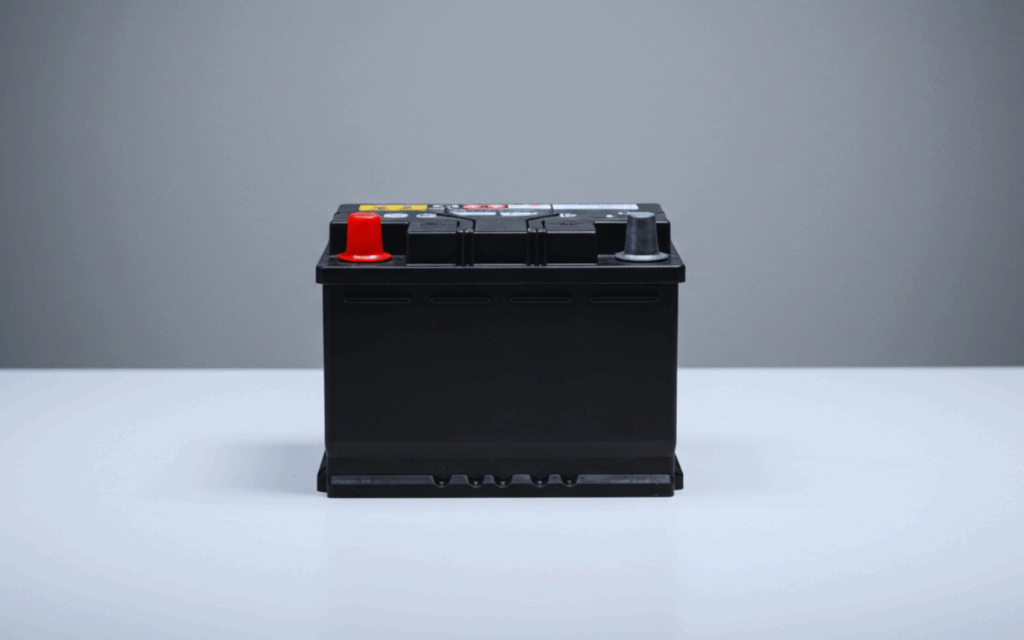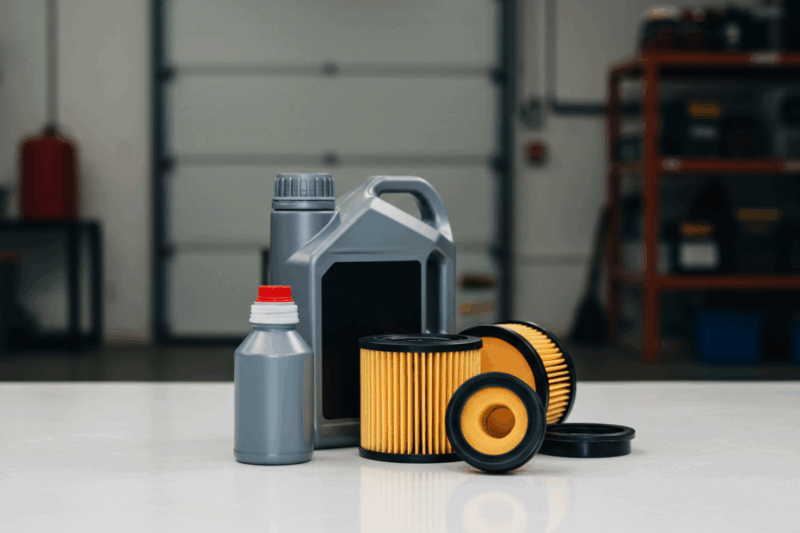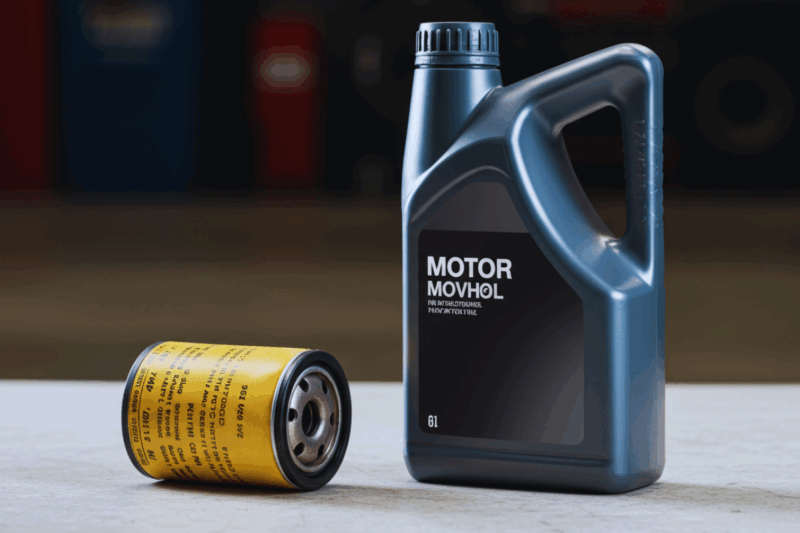Your car’s battery is its heart without it, your vehicle simply won’t start. Unfortunately, batteries don’t last forever, and being stranded with a dead one is never fun. The good news? Your car usually gives you warning signs before the battery completely gives up. Knowing these signs can save you from an inconvenient breakdown. In this post, we’ll walk you through seven common signs that your car battery is nearing the end of its life and what you can do about it.

1. Slow Engine Crank
One of the most obvious signs of a failing battery is a slow engine crank. When you turn the key (or press the start button), your engine should start quickly and smoothly. If it takes longer than usual or sounds sluggish, your battery might not have enough power to get the job done.
What to Do: If you notice a slow crank, don’t ignore it. Have your battery tested at a local auto parts store or mechanic. Many places offer free battery testing and can tell you if it’s time for a replacement.
2. Dim or Flickering Headlights
Your car’s battery powers all the electrical components, including the headlights. If your headlights seem dimmer than usual or flicker when you’re driving, it could mean your battery isn’t supplying enough power.
What to Do: Check your headlights when the car is off and when it’s running. If they’re dim in both cases, it’s likely the battery. If they brighten up when the engine is running, the issue could be with your alternator instead.
3. Dashboard Warning Light
Most modern vehicles have a dashboard warning light that looks like a battery symbol. If this light comes on, it’s a clear indicator that something is wrong with your car’s electrical system. While it doesn’t always mean the battery itself is failing, it’s worth investigating.
What to Do: Don’t ignore this light! It could point to an issue with the battery, alternator, or another part of the charging system. Get your car checked as soon as possible.
4. Electrical Issues
When your battery is struggling, you might notice problems with other electrical components in your car. This could include things like power windows moving slower than usual, issues with the radio or infotainment system, or even trouble with seat warmers and air conditioning.
What to Do: Pay attention to how your car’s electrical features are functioning. If multiple systems seem underpowered, it’s time to have your battery inspected.
5. Swollen Battery Case
A healthy car battery should have a rectangular shape with flat sides. If you pop the hood and notice that your battery case looks swollen or bloated, that’s a bad sign. This usually happens due to extreme heat or overcharging, which can shorten the battery’s lifespan significantly.
What to Do: A swollen battery needs to be replaced immediately, it’s unsafe to drive with one in this condition. Visit a mechanic or auto parts store for a replacement as soon as possible.
6. Corroded Battery Terminals
Corrosion on the battery terminals (the metal connections at the top of the battery) can interfere with its ability to provide power to your car. You’ll usually see a white or bluish powdery buildup around the terminals if corrosion is present.
What to Do: You can clean corroded terminals yourself using a mixture of baking soda and water with an old toothbrush. Be sure to wear gloves and eye protection while doing this. However, if corrosion keeps coming back, it might be time for a new battery.
7. Old Age
Car batteries typically last 3-5 years, depending on factors like driving habits and climate. If your battery is older than this, it’s more likely to fail even if it seems fine right now.
What to Do: Check the date code on your battery (usually printed on a sticker). If it’s approaching or past its expected lifespan, consider replacing it proactively to avoid being stranded.
[Bonus Tip] How to Extend Your Battery Life
→ While all batteries eventually wear out, there are some simple steps you can take to make yours last longer:
- Turn off lights and electronics when the engine isn’t running.
- Avoid short trips that don’t allow the alternator enough time to recharge the battery.
- Keep your battery terminals clean and free of corrosion.
- Park in shaded areas during hot weather to prevent overheating.
What to Do When Your Battery Dies
→ If your car won’t start and you suspect a dead battery, here’s what you can do:
- Jumpstart Your Car: Use jumper cables and another vehicle (or a portable jump starter) to get your car running temporarily.
- Call for Help: If jumpstarting isn’t an option or doesn’t work, call roadside assistance or a tow service.
- Replace the Battery: Once you’ve gotten back on the road, head straight to an auto shop or parts store for a new battery.
Conclusion
Your car battery plays a crucial role in keeping your vehicle running smoothly. By paying attention to these warning signs and taking action early, you can avoid unexpected breakdowns and keep your car in tip-top shape. Remember: if in doubt, have your battery tested, it’s quick, easy, and often free.



![How to Check Your Tire Tread Depth at Home [No Tools Needed]](https://autoreviewzone.us/wp-content/uploads/2025/06/how-to-check-your-tire-tread-depth-at-home-no-tools-needed-800x533.png)